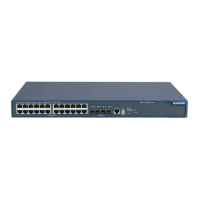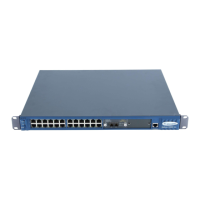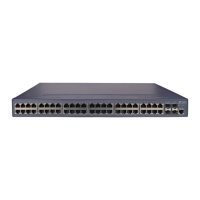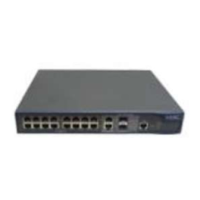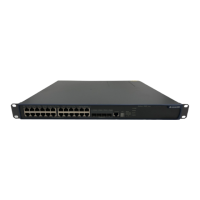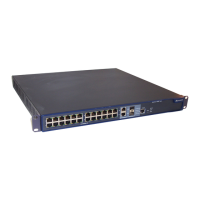Operation Manual – SNMP and RMON
Quidway S3900 Series Ethernet Switches-Release 1510 Chapter 2 RMON Configuration
Huawei Technologies Proprietary
2-1
Chapter 2 RMON Configuration
2.1 Introduction to RMON
Remote monitoring (RMON) is a kind of management information base (MIB) defined
by Internet Engineering Task Force (IETF) and is a most important enhancement made
to MIB II standards. RMON is mainly used to monitor the data traffic across a network
segment or even the entire network, and is currently a commonly used network
management standard.
An RMON system comprises of two parts: the network management station (NMS) and
the agents running on each network device. RMON agents operate on network
monitors or network probes to collect and keep track of the statistics of the traffic across
the network segments to which their ports connect such as the total number of the
packets on a network segment in a specific period of time and the total number of
packets that are sent to a specific host successfully.
RMON is fully based on simple network management protocol (SNMP) architecture. It
is compatible with the current SNMP, so that you can implement RMON without
modifying SNMP. RMON enables SNMP to monitor remote network devices more
effectively and actively, thus providing a satisfactory means of monitoring the operation
of the subnet. With RMON, the communication traffic between NMS and agents is
reduced, thus facilitating the management of large-scale internetworks.
2.1.1 Working Mechanism of RMON
RMON allows multiple monitors. It collects data in one of the following two ways:
z Using the dedicated RMON probe. When an ROM system operates in this way,
the NMS directly obtains management information from the RMON probes and
controls the network resources. In this case, all information in the RMON MIB can
be obtained.
z Embedding RMON agents into network devices (such as routers, switches and
hubs) directly to make the latter capable of RMON probe functions. When an
RMON system operates in this way, the NMS collects network management
information by exchanging information with the SNMP agents using the basic
SNMP commands. However, this way depends on device resources heavily and
an NMS operating in this way can only obtain four groups of information (instead of
all the information in the RMON MIB). The four groups are alarm group, event
group, history group and statistics group.
An S3900 series switch implements RMON in the second way. With the embedded
RMON agent, the S3900 series switch can serve as a network device with the RMON
probe function. Through the RMON-capable SNMP agents running on the Ethernet

